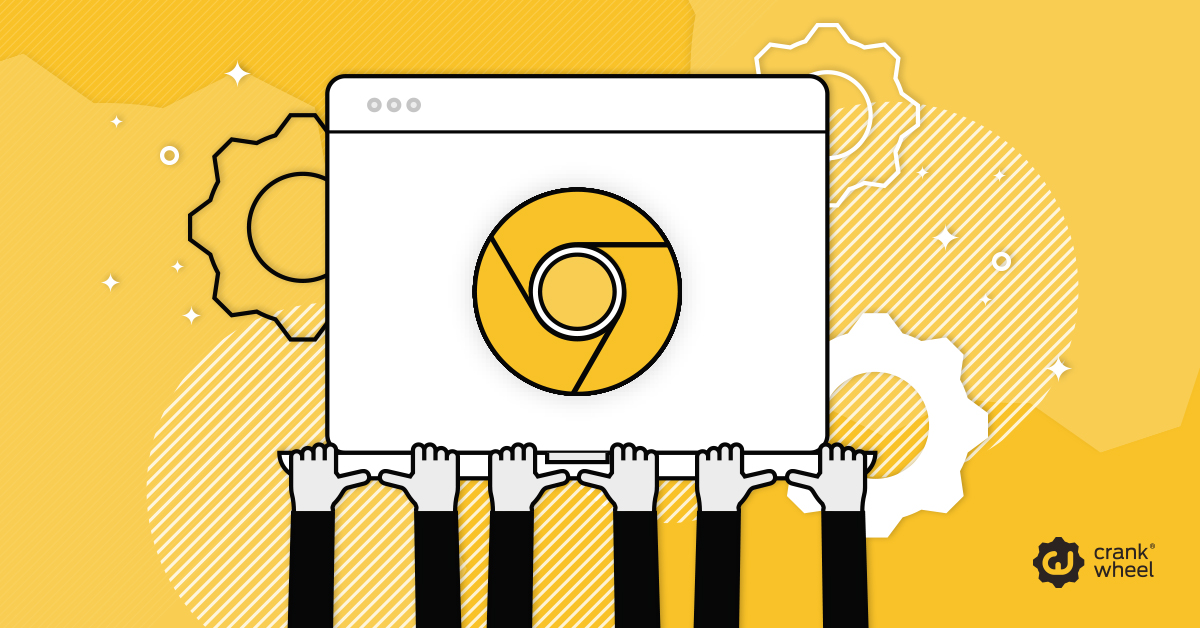Sales teams using ChromeOS: Reducing cost for less tech-savvy teams
ChromeOS and the use of Chromebooks or Android-based devices can be ideal for sales teams that need a low cost tech solution. Easy-to-use and cost effective is what ChromeOS promises, and we know from experience that it delivers.

In a startup environment, sales and customer services need simple and cost-effective tools. It is counter productive when a sales team is overloaded with technology, or they’ve got more than they need and it prevents them from doing what they are recruited for.
Inside sales teams are recruited for one reason: to drive forward and hit sales goals.
To achieve these goals, inside sales team don’t need an overly complicated and expensive tech stack. ChromeOS is an ideal solution.
How to keep the tech stack simple with ChromeOS?
Firstly, think about what you need in your companies tech stack.
What you need depends on what your sales team does: Are they outbound or inbound?
#1: Outbound tech stack
Outbound teams are hunters. Dial, email, message and keep churning through data, every day, until they land potential customers who want a more in-depth conversation, such as a demo.
When that is the intended outcome, the sales stack needs to be responsive and easy-to-manage.
Nothing too complex. Nothing that results in the sales people spending too much time between calls or other potential customer interactions. Time spent speaking to — or messaging, emailing, or texting — is the key output when it comes to outbound sales.
So the tech stack for outbound sales is somewhat more streamlined than inbound.
At a minimum, an outbound sales team needs:
- Email finder tools like Hunter
- LinkedIn and ideally LinkedIn Sales Navigator
- Sources of data, like Salesgenie
- A script or sales training manual
- Something to log the outcome of calls, such as a CRM (although for an outbound team, an extensive amount of features is overkill)
- A way of doing an online demo, e.g. using CrankWheel
- And an online calendar, such as Calendly, to make it easier for leads to book calls
All of these work on Chromebooks running ChromeOS. All are simple and user-friendly, and when sticking to Chrome across more than one device you are keeping costs low and avoiding any of the complexity associated with using Windows or Apple.
For salespeople, using Chrome across devices and a suite of sales tools they can focus on their work without worrying about the technology behind the scenes. Exactly what you need when managing a busy and goals-focused sales team!
Now, for inbound teams, their requirements are somewhat different. Let’s take a look at those now.
#2: Inbound team tech stack
For inbound sales, which can cover account management duties, these are gatherers and relationship builders.
Inbound account managers cultivate relationships. They look for strategic opportunities and ought to work closely with marketing and have the right amount of sales enablement support in place because the potential clients they’re speaking with are much closer to making a decision than the ones an outbound team calls.
Inbound leads have usually partially qualified themselves. They know what they want, they might even have a budget in mind, and they might even have a timescale for implementation.
An inbound team needs to capitalize on these opportunities, quickly and effectively.
In order to do this, an inbound teams needs the following tech stack:
- A close relationship with marketing so that live leads are transferred through in real-time
- Online chatbots or ideally, someone managing a live chat account to interact with potential clients
- LinkedIn and ideally LinkedIn Sales Navigator
- A script or sales training manual
- Something to log the outcome of calls and online demos, such as a CRM (this needs more features than an outbound team would have)
- An online demo tool, such as CrankWheel’s Instant Demos, that works very well on ChromeOS
- To keep everything in one place (for managing and recording every interaction), and cloud-based, you could also use TalkDesk, which comes with CRM and a CrankWheel integration
- An online calendar, such as Calendly, is also useful, so that leads can book their own calls
With the right suite of tools, and everything running on the same multi-device operating system, you can even ensure that if team members go out to meet clients, that everything is where they and you need it. Keeping the tech stack, whether you have an outbound or inbound team, on ChromeOS you will find there is a lower total cost of ownership (TCO), and with everything living securely in the cloud, you can improve productivity and reduce the potential for downtime.
It also means that team members who aren’t so tech savvy aren’t going to have any problems using the apps or operating systems. Many of them have a similar ease-of-use as other apps most sales people are using when they’re not working, such as social networks and email providers. All of this saves time getting a new team member or team up-to-speed and operating productively.
